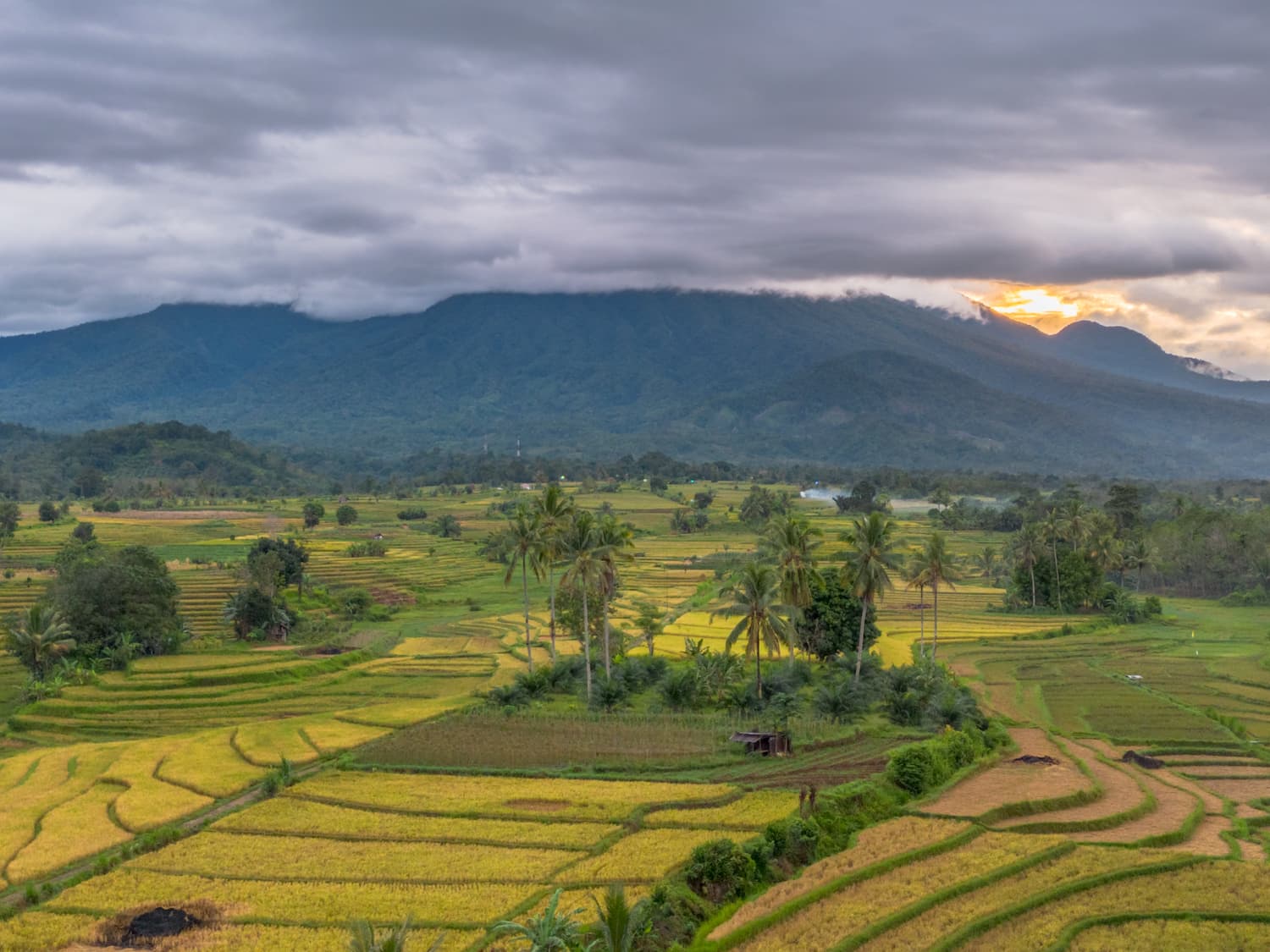Use Case Description
In regions where land and water resources are limited, optimising the performance of irrigation systems is critical for agricultural productivity and sustainability. Traditional methods for evaluating system efficiency—such as field-based measurements or complex analytical models—are typically small in scale, costly, labour-intensive, and require extensive data collection and computational resources.
Earth Observation (EO) technology enables the development of tailored solutions that are low in complexity for users and highly scalable. Compared to traditional approaches, EO provides more frequent measurements at lower cost and over larger areas. EO-based products and services can be customised to monitor water use efficiency (WUE) and evapotranspiration (ET) at high spatial and temporal resolutions. This is crucial for understanding the relationship between crop growth and water consumption, and for providing actionable insights into irrigation performance and crop water stress. WUE maps also enable stakeholders to visualise biomass gains relative to water use across both time and geography. Complementary data layers—such as crop type maps, land cover classifications, and irrigation infrastructure—enhance the contextual understanding of observed patterns and support targeted analysis.
By strengthening irrigation oversight and enabling climate-resilient agriculture, this use case highlights the transformative value of EO for water management in data-scarce regions.


